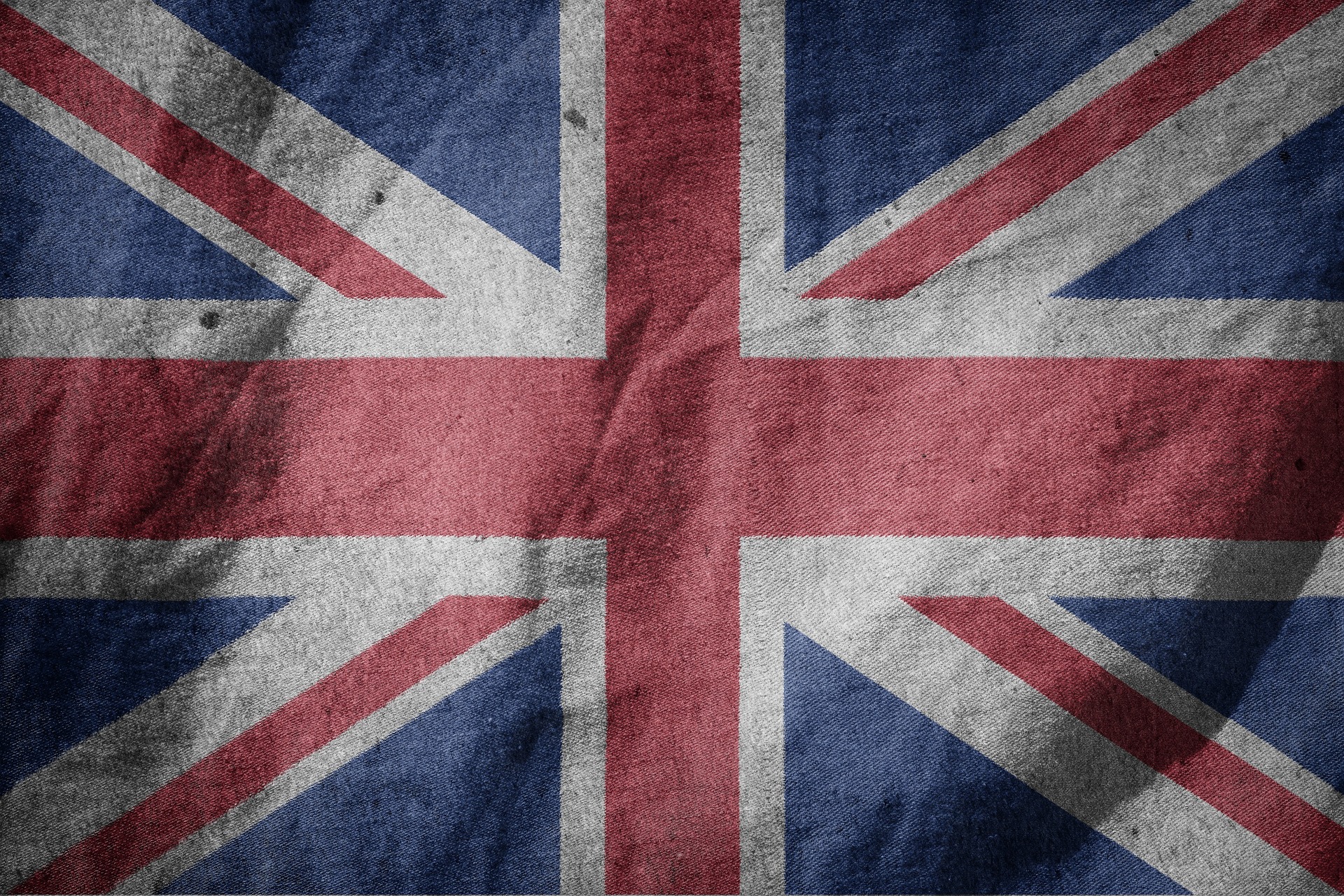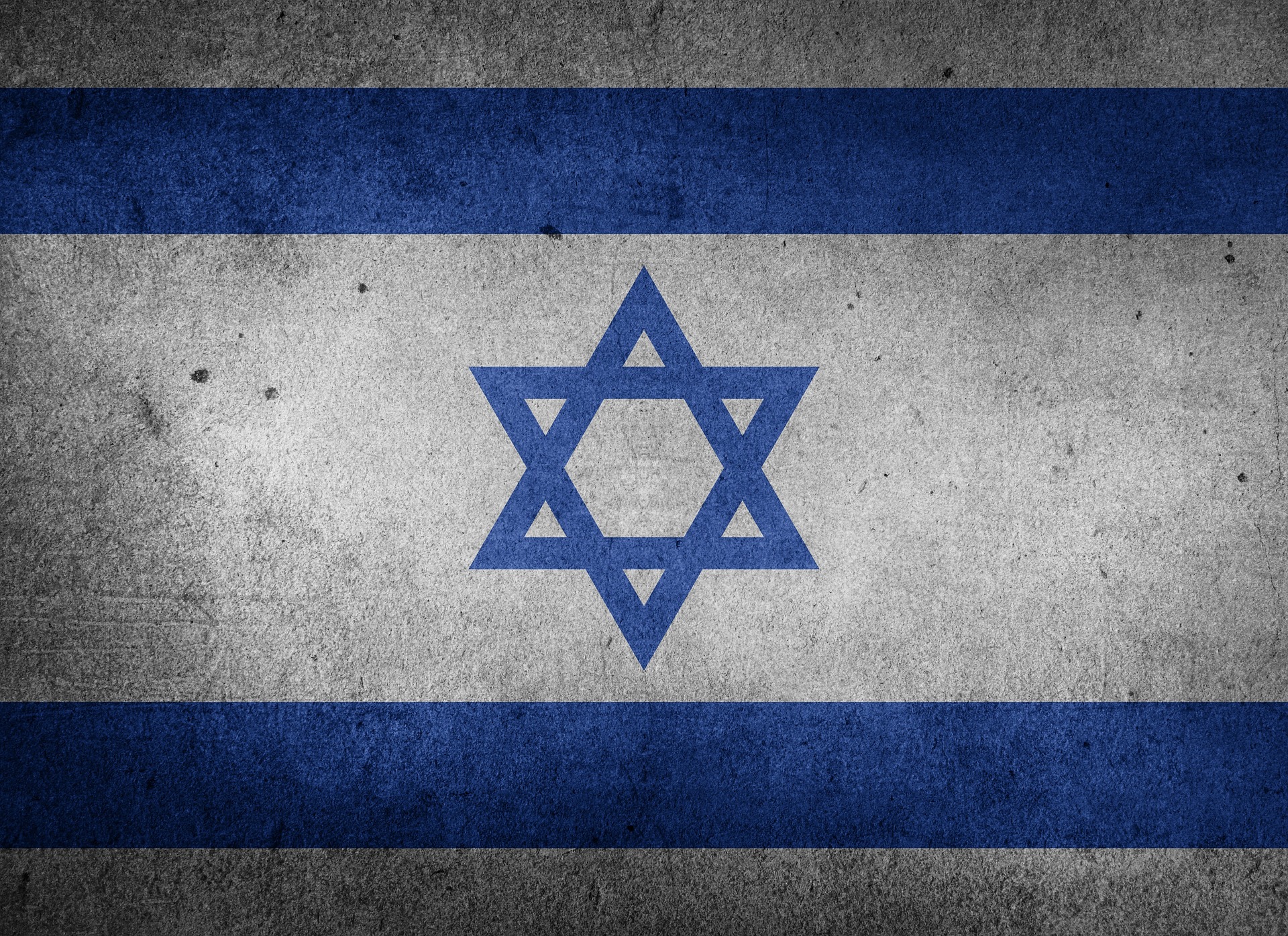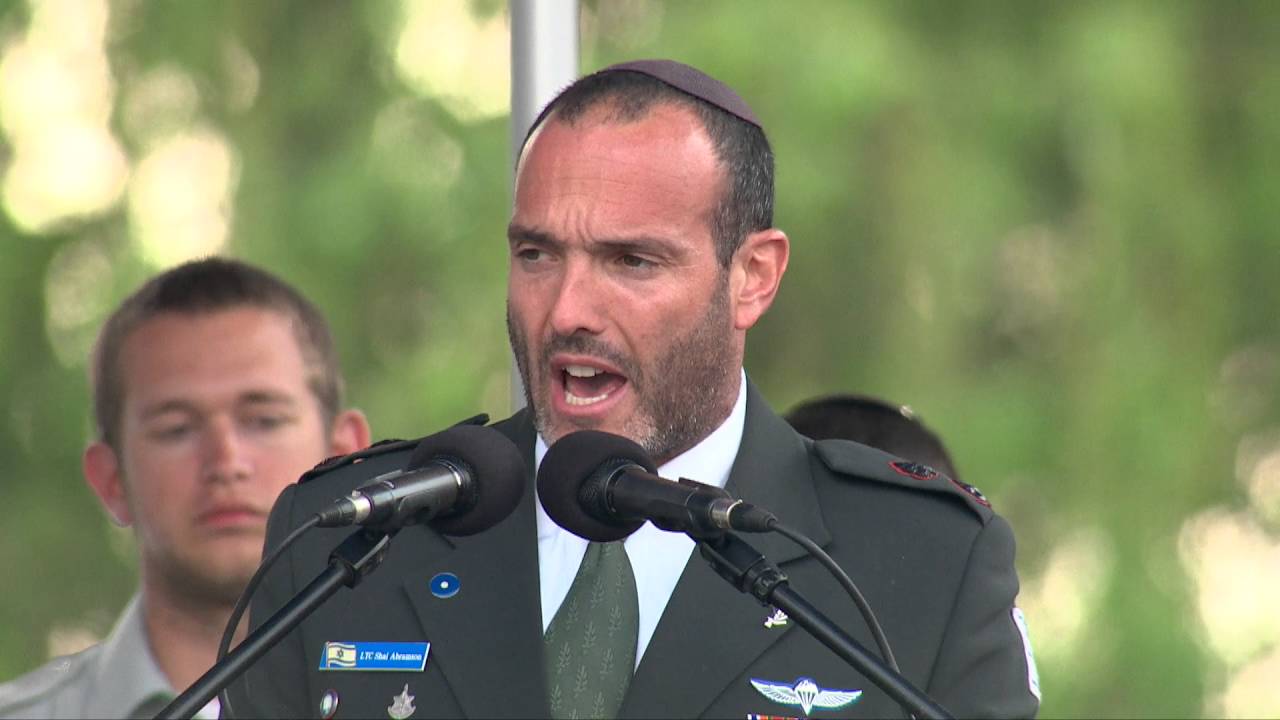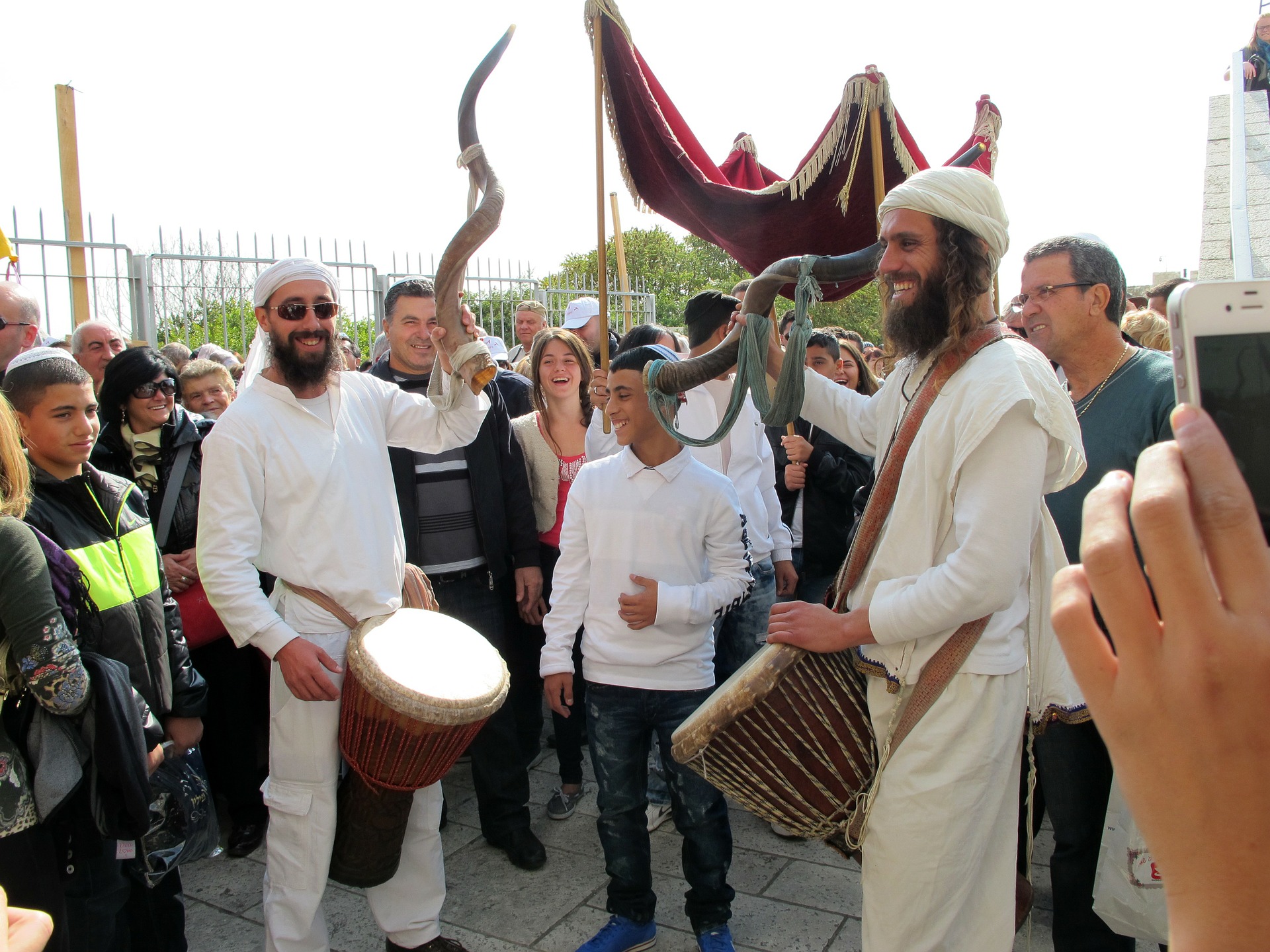Carrie Burns, PhD, International Liaison Ezra International
 National Anthems
National Anthems
For those who are grateful for their countries, hearing one’s national anthem at a special occasion - such as winning the gold medal at the Olympics - makes the heart surge with pride and brings tears to the eyes. The experience is moving. God Save the Queen (or King), Britain’s national anthem, https://youtu.be/D3dR7u7TPNo is such an anthem. The tune is so popular that Lichtenstein uses it for her own national anthem. Norway too. Even the Americans have appropriated the majestic melody for their beloved hymn-song, My Country, ‘Tis of Thee. Historians date the melody to several possible sources, including an early plainsong melody, a piece by John Bull (1619), a Henry Purcell melody, and an old Scottish carol, Remember O Thou Man.
 What about Israel’s National Song?
What about Israel’s National Song?
Israel celebrated Yom Ha’atzmaut (Independence Day) on April 28/29 this year. Despite the quarantine for the Coronavirus, Israel’s anthem, HaTikva (The Hope), was heard and sung many times in Jerusalem and throughout the nation. Just like the Jewish people who moved from place to place over the centuries, so did this hauntingly beautiful melody. It has a story. The musical origin and journey of the emotive melody is surprising and fascinating.
The Voice of Melody
As far as historians can tell, our story begins in the synagogues of Toledo, Spain where the tune was sung by Rabbis and cantors for Jewish prayer. In 1492 (that infamous date!), when the Inquisition forced the Jews out of Spain or die, the melody went with them when some of them fled to Italy. Italian composer Guiseppino Del Biado (d. 1616) was captivated by the melody and transformed it into a love song which he called, La Mantovana. Listen to the Renaissance rendition of Del Biado’s composition. https://www.google.com/search?q=La+Montavana+Zanetti&rlz=1C1CHBF_enUS899US899&oq=La+Montavana+Zanetti&aqs=chrome..69i57j0l2.2155j0j8&sourceid=chrome&ie=UTF-8 Do you hear the strains of HaTikva?
From the boot-shaped Italian peninsula where the Renaissance flourished, the now-popular Sephardic prayer-melody travelled northward in two directions: France and Romania. Here’s where the story becomes even more fascinating.
 Twinkle, Twinkle
Twinkle, Twinkle
As best as I can piece together, a 12-year old boy was studying music in Italy in the mid-1700s. He heard the Italian love song and liked it. Who was this child? It was Wolfgang Amadeus Mozart. But wait – at about the same time this child prodigy heard the piece, we learn from other reports that the melody had already reached France, with a twist. It had been transposed from the mournful minor key to a bright and happy major key. It became the nursery song loved by children around the world: Twinkle, Twinkle Little Star.
In any event, in 1781-82, Mozart took the basic melody and created his 12 variations on the theme – a famous work that music theory professors use as an example to teach aspiring composers how to create variations on an existing melody.
After Mozart borrowed the tune, so did others. Start singing Baa Baa Black Sheep and The Alphabet Song and you’ll see. As I was learning more about this topic, I also discovered that even Louis Armstrong’s What a Wonderful World is based on this melody. Sure enough, try it out for yourself, it’s there, the same intervals of Twinkle, Twinkle Little Star. Ready to smile? Keeping in mind the Italian love song in the minor key, listen to the same tune in C Major with its variations. I found this precious performance of Mozart’s 12 variations. https://www.youtube.com/watch?v=Ezvj-De6bxY
Ox-Driven Cart
Mozart and France – these are Western Europe. But what happened in Eastern Europe to the Sephardic prayer melody turned Italian love song? The Gypsies of Romania heard it! The melody soon became a song not about G-d, or love, or little stars, but about the ox-driven cart, remaining in the minor key. Listen to this 74-second rendition of Carul Cu Boi (Ox-Driven Cart). https://www.youtube.com/watch?v=69TX-O4mUSw Choppy and cumbersome like the oxen trudging on a rut-ridden road, you will still most certainly hear the strains of the melody that became HaTikva.
The River
Flowing through Europe, our melody then made its way to Bohemia where, in 1874-75, Czech composer Bedrich Smetana incorporated it into his masterpiece, The Moldau. This symphonic poem begins quietly with flutes, evocative of little streamlets, rills and ripples. The instrumentation expands, swells and soon flows in mighty currents so that one can almost see with one’s ears the grand river. Now treat your ears to this classic symphony. A bit past the one-minute mark, we begin to hear the strains of the melody that became HaTikva. Here’s the genius maestro von Karajan, conducting the Berlin Philharmonic. https://www.youtube.com/watch?v=gTKsHwqaIr4
 Finally, HaTikva
Finally, HaTikva
In 1898, Zionist Theodore Herzl organized a competition to choose a national anthem for the Jewish people. Keep in mind how bold this was – Israel did not become a nation until 1948. Apparently, 43 songs in 5 languages were submitted and he didn’t like any of them. No matter, when Herzl visited Eretz Israel later that same year, HaTikva was the song that greeted him. The melody was put together by Shmuel Cohen, a 17-year-old Romanian immigrant to the land of Israel. The lyrics to Imber’s poem, Tikvateinu, were altered slightly, and the song became what it is today, HaTikva. Here are the lyrics, in English, with the Cantor of the IDF singing the anthem during the Corvid 19 Quarantine on Israel’s Memorial Day, 2020: https://www.youtube.com/watch?v=wPeJEv_JjSI
As long as deep in the heart,
The soul of a Jew yearns,
And forward to the East
To Zion, an eye looks.
Our hope will not be lost,
The hope of two thousand years,
To be a free nation in our land,
The land of Zion and Jerusalem.
 The Hope
The Hope
During the Inquisition, Christian persecution against the Jewish people dispersed them and their melodies wherever they could flee for haven. The Sephardic prayer-melody made its way to Italy where it became a Renaissance love song, to France where it became a nursery song in a major key, to Mozart’s ears to be expanded into variations, to the Gypsies of Romania as a travelling ox-cart song, to a Czech composer in Bohemia who transformed it into a majestic river, and finally to return to the Jewish people to become the national anthem of Israel. Indeed, the music and the hope, like the Jewish people themselves, have returned home.
For the L-rd shall comfort Zion:
He will comfort all her waste places;
And He will make her wilderness like Eden,
And her desert like the garden of the L-rd;
Joy and gladness shall be found therein,
Thanksgiving, and the voice of melody.
Isaiah 51:3 (KJV)
Sources:
http://www.amhistory.si.edu/starspangledbanner
http://www.amhistory.si.edu/starspangledbanner
https://en.wikipedia.org/wiki/Hatikvah
http://www.cjnews.com/culture/arts/pianist-explores-hatikvahs-origins



